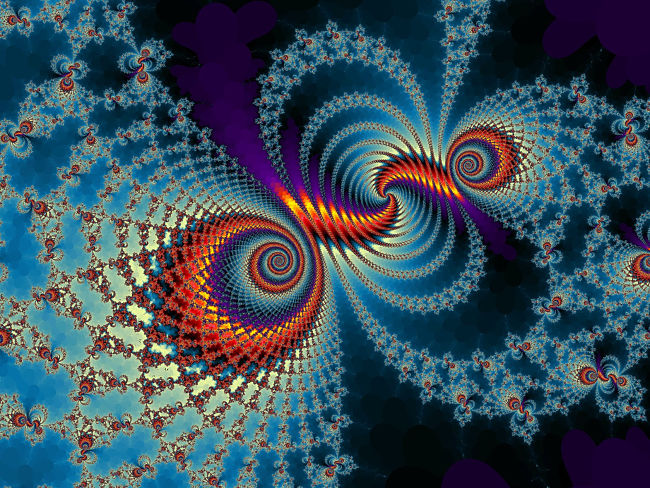1.- The Pranayama known as prana mudra
To know the great benefits of Prana Mudra, it is interesting to respect a traditional element of its practice, which is to practice it when one is completely alone.
Pranayamas can be practiced together with other people, without diminishing or affecting their effect. However, the practice of prana mudra is recommended to be done in privacy.
This is because the presence of other people can be an element that prevents us from perceiving the subtle effects of this complex Pranayama technique.
In our online store we have a suitable incense to accompany the practice of this pranayama.
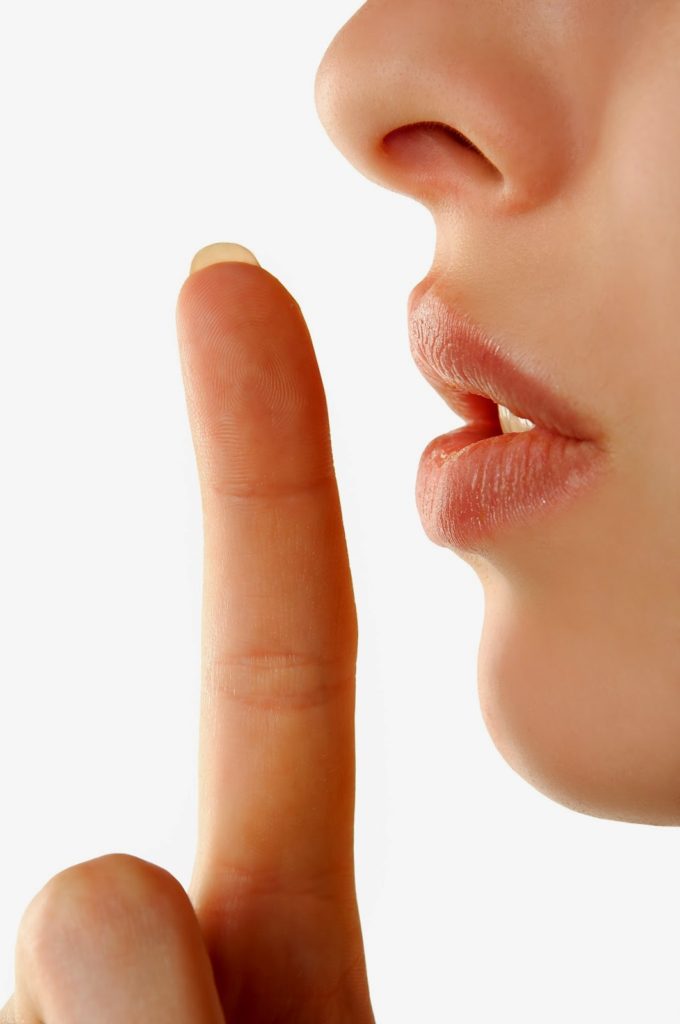
2.- Breathing in Prana Mudra
With this practice we achieve the activation of the subtle energies of fire. Our energy field and aura widens and becomes brighter. Also, in the chest area, there is a powerful process of awakening our heart, our soul, and our divine nature.
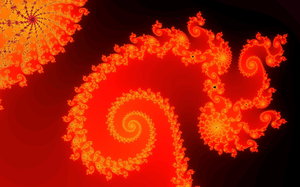
Prana Mudra is a valuable breathing exercise, the many benefits of which have been confirmed by the best yogis of India. This exercise increases the capacity of our consciousness, and the control of subtle energies.
3.- The practice of Prana Mudra
3.1.- Mudra description
In general, Mudras are gestures made with the hands, apparently simple, that trigger notable energetic effects. They are considered the yoga of the hands.
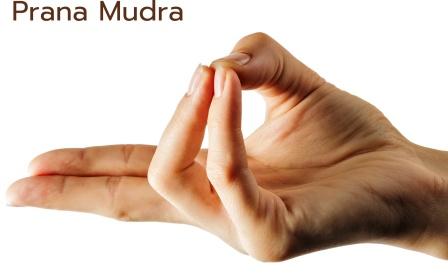
In the case at hand, prana mudra is a special pranayama exercise, combined with movements of the arms and hands. You can perform Prana Mudra from Padmasana (the lotus pose), Siddhasana (the perfect pose) or Vajrasana (the lightning pose).
3.2.- First phase: empty retention
The hands are oriented towards the abdomen. The spine must be perfectly straight.
Exhale all the air from the lungs until they are empty, performing in the last phase of the exhalation a contraction of the abdominal muscles. This contraction is associated with Mula Bandha. Before inhaling, hold for several seconds.
3.3.- Second phase: the diaphragmatic stage
For the Prana Mudra relax the abdominal muscles, stop doing Mula Bandha, decenter the perineal area and begin to inhale slowly. Air enters the lungs and the diaphragm lowers, pressing on the lower abdomen.
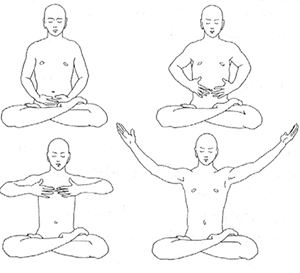
3.4.- Third phase: the solar stage
As the diaphragm becomes flat, the hands rise towards the solar plexus (Manipura Chakra). The inhalation follows its own course, the lungs fill with air, and the elbows extend from the trunk to allow the chest to open fully.
At the end of this phase, the hands are close to the collarbone, the elbows are off the trunk, and the arms are parallel to the ground. The fingers are oriented towards the body.
3.5.- Fourth phase: the clavicular stage
Once the diaphragm has flattened and the chest is fully open, you can inhale a quantity of air, at the top of your lungs, by raising your shoulders.
In the Prana Mudra the inhalation is completed when the hands pass in front of the throat, and away from the body. The arms are wide open, palms up, capturing the energy of the sun. At this time, the muscles are relaxed and the lungs are completely filled with air.
